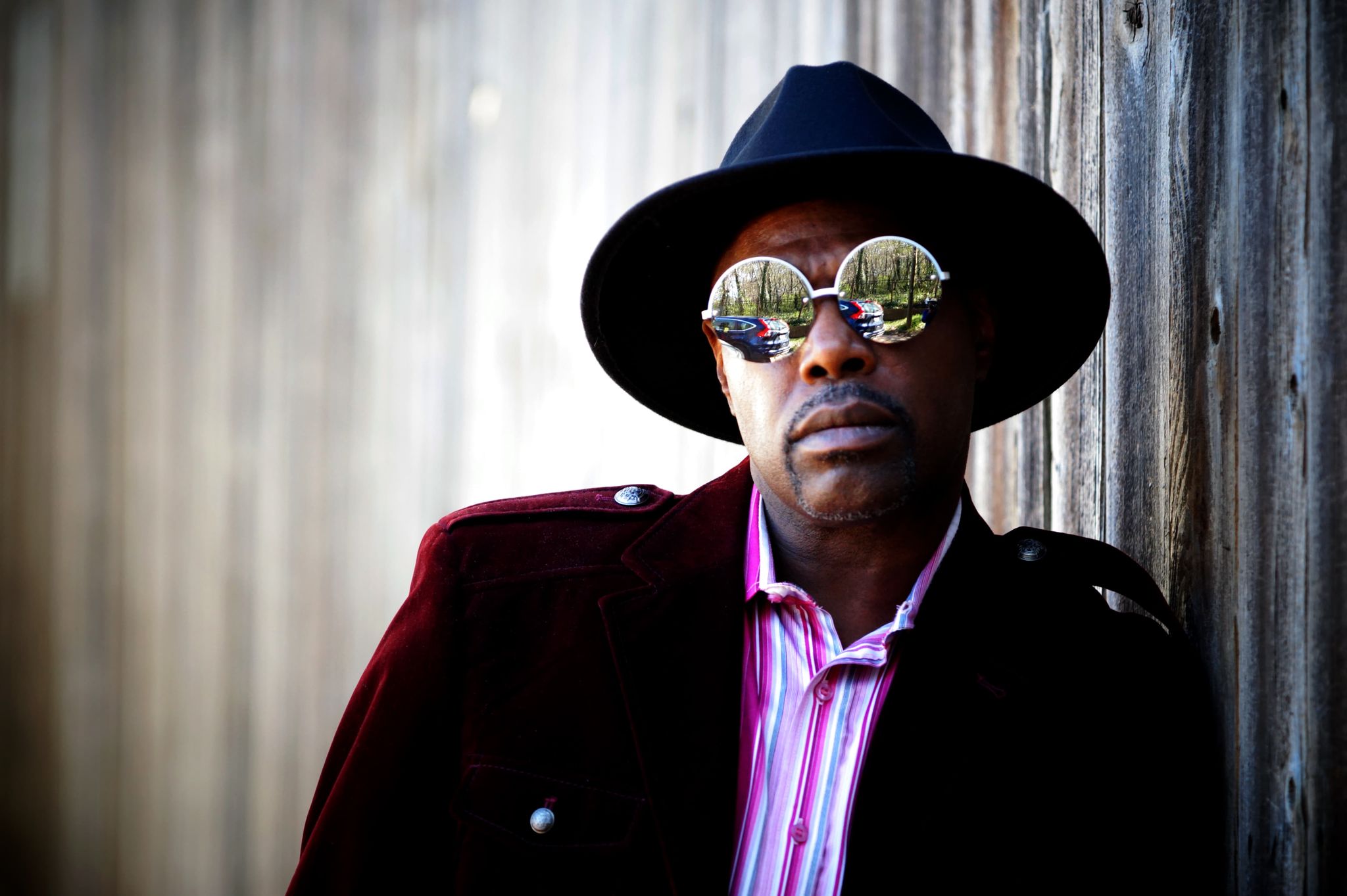“Bronzeville: Black Metropolis”
Guest Writer: Bishop Hartsel Clifton Shirley
In many major cities and some smaller ones in America, an area with a center of entertainment existed, where life had rhythm and movement.
In Chicago, that neighborhood was called Bronzeville, located on the South side. In the past, this area of town was boorishly called things such as Darkie Town, Black Belt, or Black Ghetto. These remarks were made by the undeniably out-of-touch mainstream media, who were unaware of the treasure Bronzeville was becoming to Chicago in the early 20s–thanks to the Great Migration.
The Great Migration, also known as the Black Migration, began in 1910 and was birthed out of convict leasing, widespread lynching (approximately 3,500 hangings of African-Americans occurred between 1882 and 1968), indentured servitude, an increase in the spread of racist ideology, segregation, and lack of social and economic prospects in the South. Various circumstances lured migrants to the North, including labor shortages in Northern factories brought about by World War I; this created thousands of jobs in meatpacking plants, steel mills, and the automobile industry. The pull of jobs in the North was reinforced by the efforts of labor agents sent by business people of that region to employ Southern workers.
Companies in the North used a variety of arguments to persuade Black workers to migrate, which included the promises of free transportation and low-cost housing. The railroad was one of the largest employers that swayed Southern workers. The railroad strike of 1910 brought many Southern males northward to fill positions left vacant by striking railroad workers. Signs were posted on trees and poles and in places to recruit workers. The Illinois Central Railroad, in particular, significantly influenced individuals in the Midwest.

The Illinois Central Shopmen’s Strike, beginning on September 30, 1911, was a labor dispute involving many railroad workers’ unions against the Illinois Central Railroad. The walkout was noted for its brutality: approximately 12 men were slain in shootings across the country, and in March 1912, some 30 men were slaughtered when a locomotive boiler blew up in San Antonio, Texas. The strike was deemed a failure months before its formal end on June 28, 1915. The railroads employed strikebreakers, often from African-American and migrant minorities, which increased the social and economic hostilities that came with strikes.
Bronzeville, which sprang from the Great (Black) Migration, is one of Chicago’s most outstanding African-American areas; however, it was also home to a thriving queer culture that arose in the 1920s. From State Street to Cottage Grove Avenue, along 43rd and 47th Street, Bronzeville’s commercialized and jazz-influenced urban culture presented African-American queers in numerous venues: the Plantation Café, the Pleasure Inn, Club DeLisa and Joe’s Deluxe The Cabin Inn (where persons intermingled across color lines); Halloween “drag balls” promoted by Black gay wheeler dealer Alfred Finnie; the Wabash YMCA; the First Church of Deliverance; and even a “vice district.” Bronzeville’s most influential residents (Reverend Clarence Cobb and Reverend Mary G. Evans) and its most legendary musicians (Tony Jackson, Rudy Richardson, Sippie Wallace, Frankie “Half-Pint” Jaxon, and George Hannah) were gay. Blue-collar gay African Americans (drag entertainers, perhaps) were valued because of their reasonably well-paying jobs, which allowed them to support their families’ needs.

The Great Migration allowed Bronzeville’s gay people to increase. In a setting of virtual sexual liberty, African-Americans in Bronzeville forged relationships with those of the same sex. Quite a few gay blues singers also enjoyed great fame in Bronzeville’s clubs in the twenties and thirties. Blues singers, such as ‘Ma’ Rainey, Gladys Bentley, and Alberta Hunter entertained in Chicago and recorded several sexually explicit tunes that involved narratives of gay acts. “Sissy Man Blues,” an old tune sung by many male blues singers, proclaims, “If you can’t bring a woman, bring me a sissy man.” The blues mirrored a society that accepted sex—and not excluding gay acts and personalities–as a normal part of life.
Female impersonators (a name commonly used in the 1930s-1950s to refer to drag performers) also had great fame due to the “drag balls” arranged every Halloween and New Year’s Eve. The official “approval” was made feasible because events often happened on those holidays and could pass as regular masquerade balls. The first Chicago balls were racially mixed, a fact often observed by those in attendance or who wrote of them.
The most well-known of these events was “Finnie’s Balls,” which debuted in 1935 by a Black gay street hustler and gambler named Alfred Finnie in the basement of an inn on the corner of 38th Street and Michigan Avenue. Guests paid twenty-five cents to attend.
In the sixties and seventies, African-American gays had shaped a distinct neighborhood with distinct spaces, codes, and vernacular outside of Bronzeville. Hyde Park, South Shore, and the southern part of Grant Park became gay areas. Clubs, such as the Kabbutz or the Jeffery Pub, became a part of Chicago’s African-American gay bar culture. Third World Studios of Chicago distributed a magazine devoted to African-American gay males.
Queers had access to the local Black media. As early as February 1978, talk show host Ouida Lindsey interviewed two Black gay men about the challenges of being African-American and gay on her successful WFLD prime-time talk show. The Civil Rights Movement, the Gay Liberation Movement, and AIDS were key occurrences that intensified the breakdown of Chicago’s Black gay cultures and increased the visibility of the culture’s diversity.
In all of its history and splendor, Bronzeville is evidence that…

Bishop Hartsel Clifton Shirley is an author, writer, singer/songwriter, and bishop from Waterloo, Iowa. He received his master’s degree in business from the International Business Management Institute based in Berlin, Germany.
Currently residing in Atlanta, Mr. Shirley is a bishop of National and International Social Action, part of New Direction Overcomers’ International Fellowship (based in Richmond, Virginia).
A multi-faceted talent, Hartsel is a writer, author, and singer/songwriter. A bronze prize winner of the International Society of Poets, he has penned editorials for the Waterloo/Cedar Falls Courier. His best-selling novel is entitled Three Words, Four Letters, published by Ishai Books. Additionally, Hartsel has charted at #1 several times on the ReverbNation pop music charts.
Inspired by Langston Hughes, Bishop Shirley states, “I write what moves me. There is nothing I can’t write. I just have to care about it so I can write truthfully.”
According to Hartsel, his current book, The Night Eddie Sallis Died, is based on factual information he uncovered in 2002 about a 1966 jail cell “suicide” in Waterloo, Iowa (his place of birth). This revealing and riveting book pulls back the curtain on racism and police brutality. The author emphasizes, “These truths make Iowa a state not to be taken lightly–nor forget.”



Leave A Comment